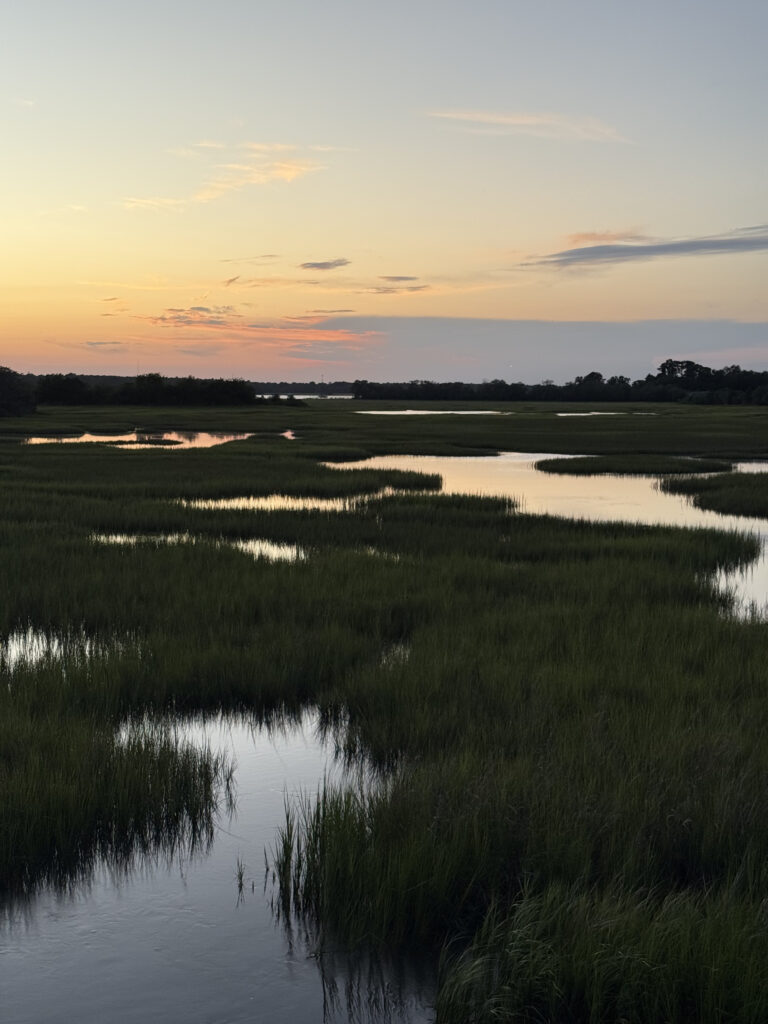Nature’s Design

Blurring the lines between architecture, nature, and self
In her 1937 memoir Everybody’s Autobiography, Gertrude Stein wrote the oft-quoted line, “There is no there there.” That phrase has always stayed with me—perhaps because I’ve always believed so strongly in a sense of place.
Where we live, work, and move through the world profoundly shapes who we are. A thoughtfully designed bedroom can bring peace. A dynamic urban office can spark creativity. Environments trigger emotional responses, and those responses shape our identities, habits, and moods.
This same truth applies to the natural world. Or—more accurately—our place within it. I’ve never liked the term “nature” because it implies separation, as though we exist apart from it. But we are nature. We are the most adaptive, and arguably the most impactful, element of the ecological system.
As I write this—literally, with pen in hand on a quiet beach—it’s clear that natural landscapes, like built environments, affect us deeply. The rhythm of the ocean, the wide horizon, the movement of wind through dune grass: these elements communicate a kind of calm that can’t be manufactured. They shape our thoughts and our pace. They remind us of our own rhythms.
Consider this: A shopkeeper in New York moves through life with urgency and precision. A fisherman on the Carolina coast embodies a different tempo altogether. Both are shaped by the environments around them. We are not just products of culture—we are products of place.
And if we accept that place matters, then how we design, preserve, and interact with the natural world becomes essential—not optional. Caring for our landscapes isn’t a matter of aesthetics. It’s about health. Clarity. Belonging. Stewardship.
This is why landscape architecture, environmental planning, sustainable design—these fields are not peripheral. They are central to our well-being. They affect our mood, our productivity, and our sense of self.
As my pen runs out and the ocean continues its steady voice beside me, I’m reminded that we are not separate from the environments we inhabit. We shape them—and they shape us.
We define place, just as it defines us.
